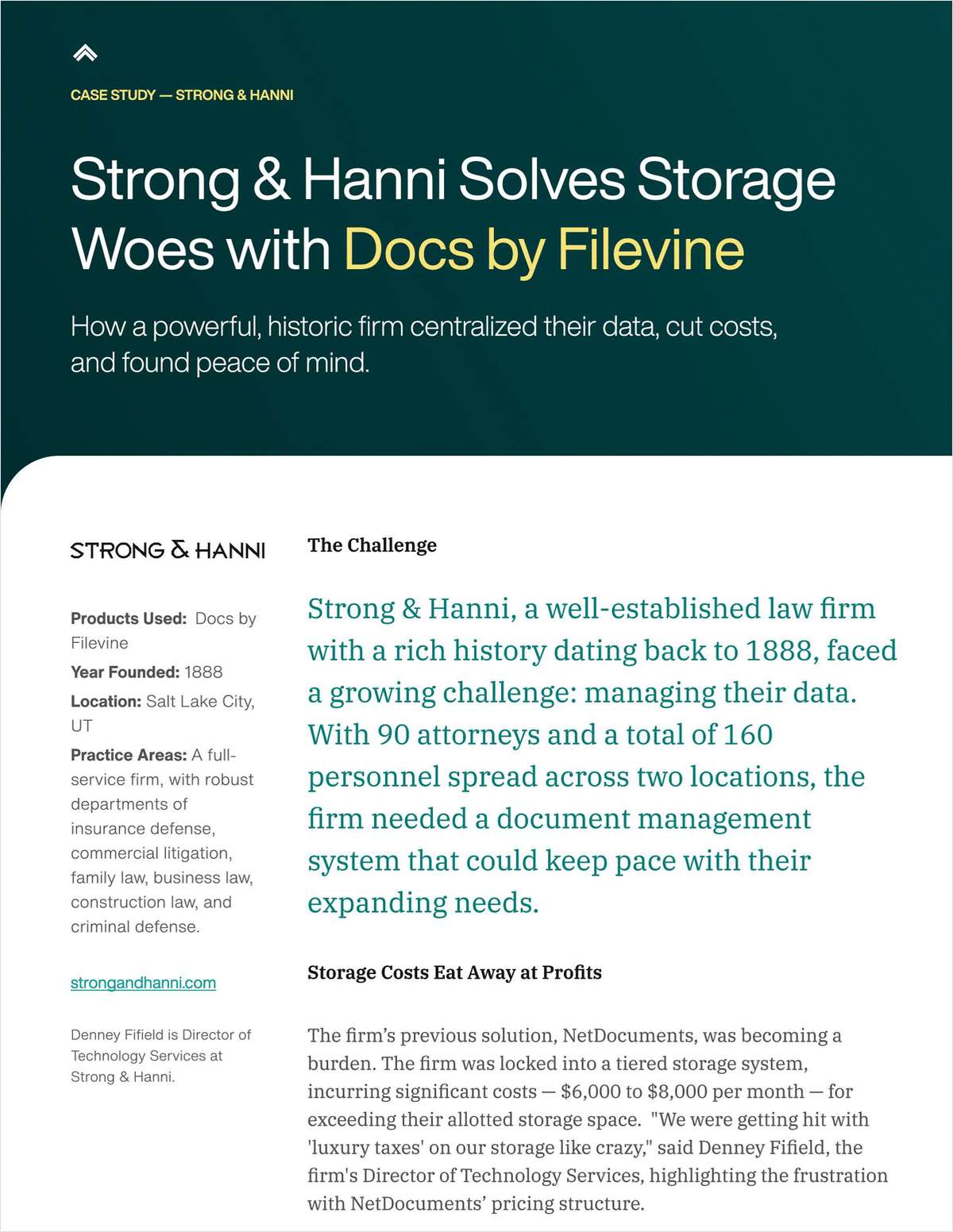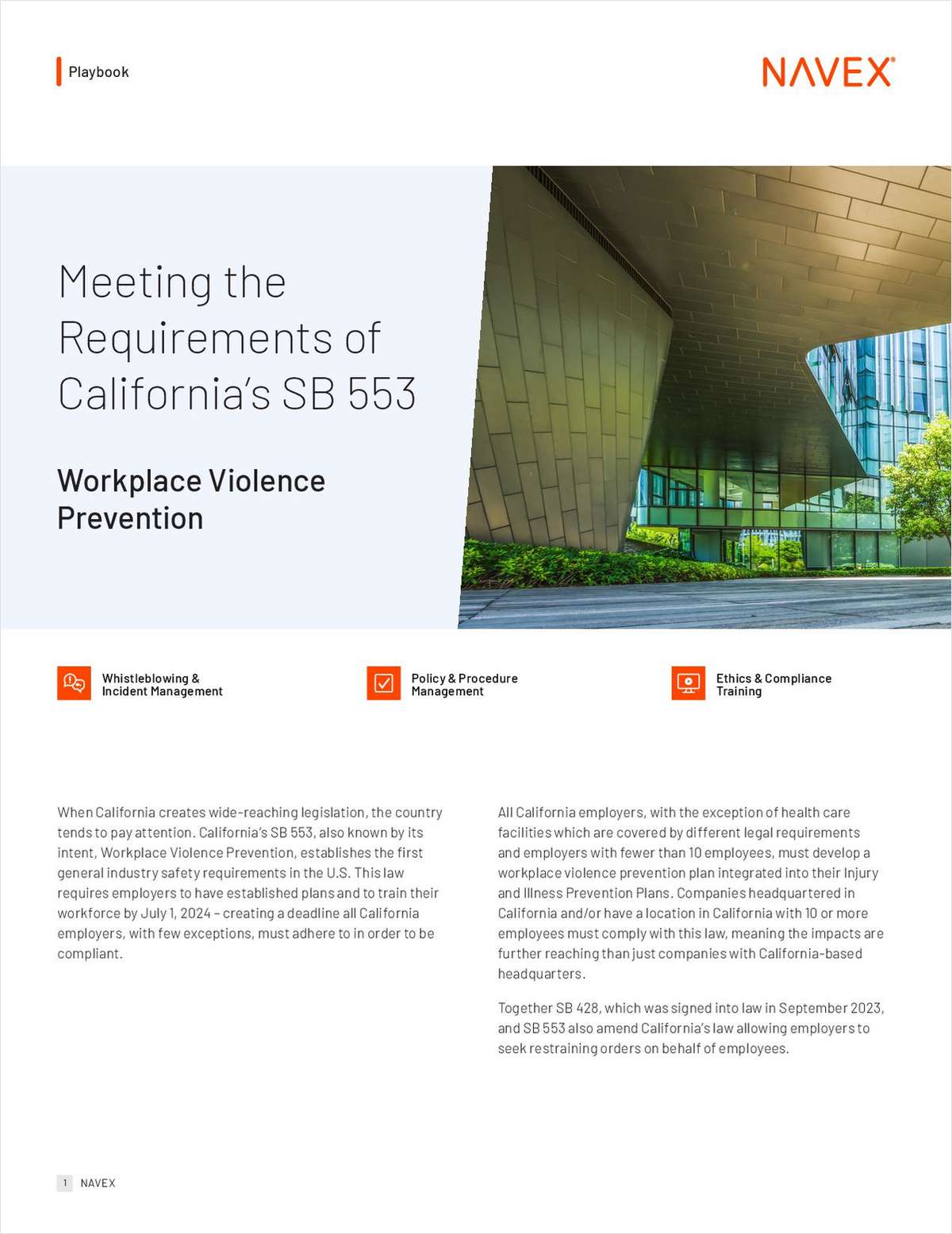How Does Profit Margin Behave In The Short Term?
Analyzing changes in magnitude and direction of profit margin shows interesting behavioral trends for individual firms. These factors appear unrelated.
June 11, 2019 at 09:16 PM
8 minute read
In the previous three articles, we analyzed profit margin (defined as operating income divided by revenue) trends in the AmLaw 100. Here we will analyze behavior at one level below, that is, at the individual firm. Specifically, we examine both magnitude and direction of profit margin changes from one year to the next. We also dig into the relationship between profit margin and differential in rates of growth in RPL and CPL.
Profit Margin and Growth Rates in RPL and CPL
In prior articles, we proposed a formula to express future profit margin for any future year, say T years from this current year 0, in terms of current RPL and CPL, and their cumulative average annual growth rate (CAGR). This formula shows future profit margin is directly proportional to current level of profit margin; as also the differential between the growth rates of RPL and CPL. Profit margin rises when RPL growth rate exceeds CPL growth rate. Conversely profit margin falls when CPL growth rate exceeds RPL growth rate. The magnitude of profit margin change is driven by the differential between growth rates of RPL and CPL. Specifically, we look into two historical years, 2017 and 2018 for the Am Law 100, and the profit margin changes for each of the 100 firms using this formula:

Since we have access to the historical Am Law 100 data set, we see the Am Law 100 combined profit margin increased from 39.80% in 2017 to 40.03% in 2018. What more insights can we get by looking at individual firms? We can get an interesting picture by plotting each firm along two dimensions (see figure 2). The vertical axis is the 2017 profit margin, which indicates current level of profitability. The horizontal axis is the differential in the growth rates between RPL and CPL from 2017 to 2018, which indicates direction of profit movement from 2017 to 2018. To align to the Am Law 100, we set the vertical axis at the average Am Law 100 growth rate differential of 0.4%; and the horizontal axis at the average profit margin of the Am Law 100 at 39.80%.

As we can see from this random scatter of 100 points in Figure 1, there is no evident pattern, thus no specific correlation between the axes. In other words, current profitability and direction of future profitability appear to be unrelated. This means that firms, regardless of their current profit margin, can experience an increase or decrease their profit margin from one year to the next. A high profit margin does not necessarily mean it will increase to a higher level next year, as a drop in profit margin is also quite likely. Similarly, a low profit margin does not necessarily mean it will decrease to a lower level next year, as a rise in profit margin is also quite likely.
An important thing to note is while the direction may be unrelated, the magnitude of the increase or decrease in profit margin is related to the current level of profit margin. In other words, for the same differential in growth rates between RPL and CPL, a firm with a lower margin will experience a relatively higher increase in margin from one year to the next as compared to a firm with a higher profit margin. Said differently, a firm with higher profit margin will require a relatively higher growth rate differential to realize the same increase from one year to the next as compared to a firm with a lower profit margin.
We have chosen the axes to be the Am Law 100 averages, so this naturally separates the 100 firms into four quadrants, each with very different characteristics (see Figure 3):

Quadrant 1 – High Profit Margin and Decreasing: 21 firms with an average 2017 profit margin 9.5% higher than Am Law 100 average, 2017 to 2018 RPL minus CPL growth rate 2.9% lower than Am Law 100 average, and a 1.3% decrease in profit margin from 2017 to 2018
Quadrant 2 – High Profit Margin and Increasing: 18 firms with an average 2017 profit margin 9.7% higher than Am Law 100 average, 2017 to 2018 RPL minus CPL growth rate 3.0% higher than Am Law 100 average, and a 1.7% increase in profit margin from 2017 to 2018
Quadrant 3 – Low Profit Margin and Increasing: 23 firms with an average 2017 profit margin 8.3% lower than Am Law 100 average, 2017 to 2018 RPL minus CPL growth rate 2.5% higher than Am Law 100 average, and a 1.9% increase in profit margin from 2017 to 2018
Quadrant 4 – Low Profit Margin and Decreasing: 38 firms with an average 2017 profit margin 8.1% lower than Am Law 100 average, 2017 to 2018 RPL minus CPL growth rate 1.7% lower than Am Law 100 average, and a 0.9% decrease in profit margin from 2017 to 2018
Figure 4 provides some examples of firms in each quadrant

Some Interesting Observations
If we dig deeper into these numbers in Table 1, there are some noteworthy findings:
Similarities and differences among quadrants: Firms in quadrant 1 and 2 have same average profit margin of 49%, about 9.6% higher than the Am Law 100 average, yet from this same starting point they go opposite directions in terms of changes in profit margin. Similarly, for firms in quadrant 3 and 4, at 31% profit margin, are equally 8.2% lower than the Am Law profit margin average, but go different directions from 2017 to 2018.
Widening profit margin gaps between quadrants: The magnitude of the differential in growth rates of RPL minus CPL is higher for quadrants 1 versus 2 as compared to quadrants 3 versus 4. Thus, for firms in quadrant 1 versus 2, the profit margin gap widens from 0.2% in 2017 to 3.2% in 2018, owing to the 5.9% differential in growth rates of RPL minus CPL. Conversely, for firms in quadrant 3 versus 4, the profit margin gap widens from 0.2% in 2017 to 2.6% in 2018, owing to the lower 4.2% differential in growth rates of RPL minus CPL.
Large variation in RPL and CPL growth rates: While looking at RPL and CPL growth rates across quadrants, we can see very different RPL and CPL growth rates and these are quite distinct from the Am Law 100 average. As an example, Quadrant 2 and 4 have nearly identical level of RPL growth rates, but very different CPL growth rates.
Firms with lower profit margins benefit more for the same differential: Firms which have relatively lower profit margin experience a higher increase in profit margin from one year to the next for the same differential in RPL and CPL growth rates. This becomes evident when comparing quadrant 2 and quadrant 3. Firms in quadrant 2 have a profit margin of 49.5%, a differential between RPL and CPL growth rates of 3.4%, and a (higher) profit margin increase of 1.7%. Firms in quadrant 3 have a profit margin of 31.5%, a differential between RPL and CPL growth rates of 2.9%, and a profit margin increase of 1.9%. In quadrant 2, a lower differential in growth rate drives a higher profit margin change. Why is this so? Quadrant 2 has a lower profit margin starting point, thus experiences a higher magnitude of change in profit margin.
Profit margins are declining at a majority of firms: Finally, we see that Am Law 100 average has increased by 0.2% from 39.8% in 2017 to 40.0% in 2018; but only a minority of 41 firms (41% in quadrant 2 and 3) are increasing their profit margin, but a majority of 59 firms (59% in quadrant 1 and 4), are decreasing their profit margin. How can this be explained? We have to consider carefully the magnitude of change from 2017 to 2018 – 41 firms increased by 1.8% while 59% decreased by 1.1%. The weighted average of these 100 firms comes to 0.2%. In other words, fewer firms are increasing their profit margin, but by a higher magnitude which offsets a smaller decrease in a larger number of firms.
Summary
We analyzed here one year of change between 2017 and 2018, so these observations are specific only to this data set. However, this proposed framework of demarcating firms into four distinct quadrants can be applied to adjoining or even disconnected years to understand magnitude and direction of profit margin at individual firms; and their interaction with RPL and CPL growth rates. Indeed, a quick analysis of early 2019 results for 42 Am Law 100 firms shows the same general pattern.

Madhav Srinivasan is the Chief Financial Officer at Hunton Andrews Kurth LLP, leading the global finance and pricing competencies. Madhav is an ALM Intelligence Fellow and also an adjunct faculty at Columbia Law School in New York and University of Texas at Austin School of Law.
More information on the ALM Intelligence Fellows Program can be found here
This content has been archived. It is available through our partners, LexisNexis® and Bloomberg Law.
To view this content, please continue to their sites.
Not a Lexis Subscriber?
Subscribe Now
Not a Bloomberg Law Subscriber?
Subscribe Now
NOT FOR REPRINT
© 2024 ALM Global, LLC, All Rights Reserved. Request academic re-use from www.copyright.com. All other uses, submit a request to [email protected]. For more information visit Asset & Logo Licensing.
You Might Like
View All
ALM Market Analysis Report Series: Nashville's Rapid Growth Brings Increased Competition for Law Firms
Trending Stories
- 1Infant Formula Judge Sanctions Kirkland's Jim Hurst: 'Overtly Crossed the Lines'
- 2Mass. Judge Declares Mistrial in Talc Trial: 'Court Can't Accommodate This Case'
- 3Preparing Your Law Firm for 2025: Smart Ways to Embrace AI & Other Technologies
- 4It's Time Law Firms Were Upfront About Who Their Salaried Partners Are
- 5Greenberg Traurig Initiates String of Suits Following JPMorgan Chase's 'Infinite Money Glitch'
Who Got The Work
Michael G. Bongiorno, Andrew Scott Dulberg and Elizabeth E. Driscoll from Wilmer Cutler Pickering Hale and Dorr have stepped in to represent Symbotic Inc., an A.I.-enabled technology platform that focuses on increasing supply chain efficiency, and other defendants in a pending shareholder derivative lawsuit. The case, filed Oct. 2 in Massachusetts District Court by the Brown Law Firm on behalf of Stephen Austen, accuses certain officers and directors of misleading investors in regard to Symbotic's potential for margin growth by failing to disclose that the company was not equipped to timely deploy its systems or manage expenses through project delays. The case, assigned to U.S. District Judge Nathaniel M. Gorton, is 1:24-cv-12522, Austen v. Cohen et al.
Who Got The Work
Edmund Polubinski and Marie Killmond of Davis Polk & Wardwell have entered appearances for data platform software development company MongoDB and other defendants in a pending shareholder derivative lawsuit. The action, filed Oct. 7 in New York Southern District Court by the Brown Law Firm, accuses the company's directors and/or officers of falsely expressing confidence in the company’s restructuring of its sales incentive plan and downplaying the severity of decreases in its upfront commitments. The case is 1:24-cv-07594, Roy v. Ittycheria et al.
Who Got The Work
Amy O. Bruchs and Kurt F. Ellison of Michael Best & Friedrich have entered appearances for Epic Systems Corp. in a pending employment discrimination lawsuit. The suit was filed Sept. 7 in Wisconsin Western District Court by Levine Eisberner LLC and Siri & Glimstad on behalf of a project manager who claims that he was wrongfully terminated after applying for a religious exemption to the defendant's COVID-19 vaccine mandate. The case, assigned to U.S. Magistrate Judge Anita Marie Boor, is 3:24-cv-00630, Secker, Nathan v. Epic Systems Corporation.
Who Got The Work
David X. Sullivan, Thomas J. Finn and Gregory A. Hall from McCarter & English have entered appearances for Sunrun Installation Services in a pending civil rights lawsuit. The complaint was filed Sept. 4 in Connecticut District Court by attorney Robert M. Berke on behalf of former employee George Edward Steins, who was arrested and charged with employing an unregistered home improvement salesperson. The complaint alleges that had Sunrun informed the Connecticut Department of Consumer Protection that the plaintiff's employment had ended in 2017 and that he no longer held Sunrun's home improvement contractor license, he would not have been hit with charges, which were dismissed in May 2024. The case, assigned to U.S. District Judge Jeffrey A. Meyer, is 3:24-cv-01423, Steins v. Sunrun, Inc. et al.
Who Got The Work
Greenberg Traurig shareholder Joshua L. Raskin has entered an appearance for boohoo.com UK Ltd. in a pending patent infringement lawsuit. The suit, filed Sept. 3 in Texas Eastern District Court by Rozier Hardt McDonough on behalf of Alto Dynamics, asserts five patents related to an online shopping platform. The case, assigned to U.S. District Judge Rodney Gilstrap, is 2:24-cv-00719, Alto Dynamics, LLC v. boohoo.com UK Limited.
Featured Firms
Law Offices of Gary Martin Hays & Associates, P.C.
(470) 294-1674
Law Offices of Mark E. Salomone
(857) 444-6468
Smith & Hassler
(713) 739-1250











